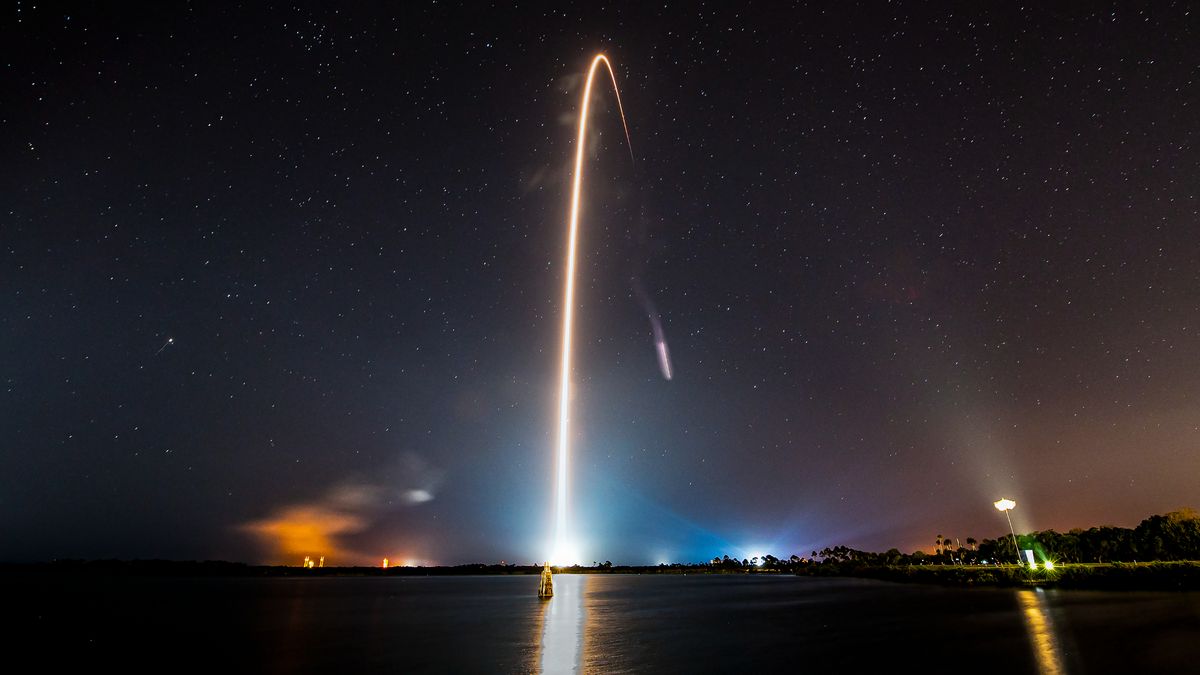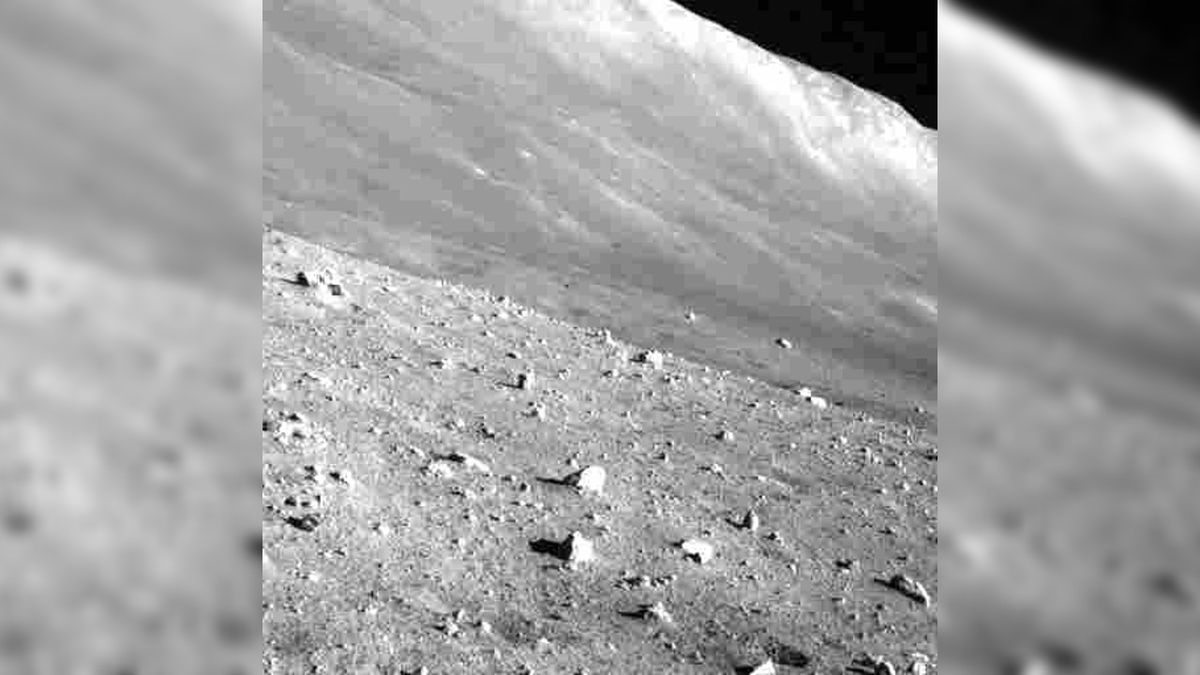Astronomical Discovery Unveils Unprecedented Black Hole Behavior
A recent astronomical discovery related to a supermassive black hole has captivated the attention of astronomers by revealing a novel dimension of black hole activity. This newfound behavior of black holes has significant implications for the current understanding of these cosmic entities.
Unraveling the Enigma
The unprecedented event unfolded in 2020, approximately 800 million light-years away from Earth, where a dormant supermassive black hole, possessing a mass equivalent to 50 million suns, unexpectedly exhibited a sudden burst of brightness that illuminated the surrounding material by an astonishing factor of 1,000. This extraordinary phenomenon puzzled researchers, prompting a deeper investigation into its underlying causes.
A team of scholars speculates that the sporadic eruptions emanate from a secondary, smaller black hole colliding with an accretion disk, a ring of gas and dust encircling the supermassive black hole. The consequential impact forces the behemoth black hole to undergo repeated “hiccup-like” emissions of matter. This groundbreaking revelation challenges the conventional image of accretion disks surrounding black holes, previously thought to be uniform structures devoid of such complex interactions.
The Era of Discovery
This groundbreaking revelation challenges the conventional image of accretion disks surrounding black holes, previously thought to be uniform structures devoid of such complex interactions.
The implications of this discovery are far-reaching, pointing to the existence of additional enigmatic phenomena within the realms of black hole behavior that warrant further exploration. Scientist Dheeraj “DJ” Pasham from the Massachusetts Institute of Technology’s Kavli Institute for Astrophysics and Space Research aptly summarized the implications by stating, “We thought we knew a lot about black holes, but this is telling us there are a lot more things they can do.”
Pasham further emphasized the significance of conducting additional observations to unveil similar black hole systems, shedding light on the colossal diversity of cosmic phenomena that remain veiled in mystery.
The Intriguing Phenomenon
Upon scrutinizing data from the All Sky Automated Survey for SuperNovae (ASAS-SN) in December 2020, astronomers stumbled upon the flickering brilliance in an obscure corner of the cosmos. Subsequent observations, facilitated by the Neutron star Interior Composition Explorer (NICER) aboard the International Space Station, revealed a pattern of cyclic fluctuations every 8.5 days, resembling the transit of an exoplanet across its parent star’s illumination.
The intensity of the intermittent light dips hinted at a potential orbital interaction between a supermassive black hole and an intermediate-mass black hole, orbiting in a synchronized dance that generates periodic gas plumes, manifesting as the observed ‘hiccup-like’ emissions.
These profound insights into the synergistic dynamic of black hole binaries not only expand the frontiers of astrophysical knowledge but also underscore the intricate dance of cosmic entities that continues to astound and fascinate humanity.
Unpacking the Cosmic Mystery
As researchers delve deeper into the mechanisms underpinning the enigmatic behavior of black holes, the quest for understanding the cosmic universe enters a new realm of discovery and wonder. The confluence of advanced technologies and pioneering research has unlocked a treasure trove of celestial secrets waiting to be unraveled.
The team’s seminal research, featured in the esteemed journal Science Advances, promises to revolutionize the field of astrophysics and illuminate the uncharted realms of black hole dynamics, lending credence to the profound mysteries that permeate the cosmos. This groundbreaking revelation heralds a new era of cosmic exploration, beckoning scientists to journey further into the enigmatic depths of the universe.
Image/Photo credit: source url





